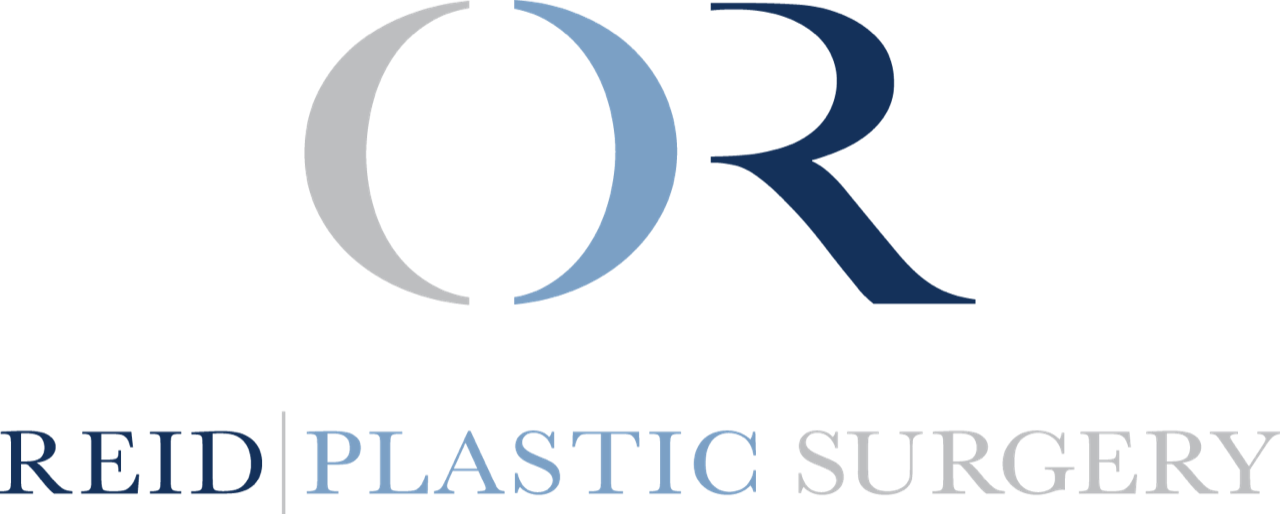How Do You Check for Signs of Skin Cancer?
Soaking up a few minutes of sunlight per day may have some health benefits such as improving our mood and regulating our sleep quality, but you should try to avoid too much exposure to UV rays. After any kind of major form of plastic surgery, patients are usually encouraged to protect their very sensitive skin from sun damage that may cause scars to darken. But even if you haven’t had any cosmetic procedure, excess sun exposure is the main cause of skin damage other than chronological aging and also the main risk factor for skin cancer. Dr. Owen Reid offers mole removal at his Vancouver area practice for patients who wish to have them removed for cosmetic reasons or because of a medical issue. Unsure whether spots and blemishes on your skin may need to be removed? Here are some tips for identifying potential warning signs of skin cancer.
The ABCDEs of Melanoma
Skin cancer looks different on everyone but there are some basic rules you can use to spot moles on your skin.
A is for Asymmetry: All of the normal moles on your body tend to have a symmetrical circular or oval shape, so an asymmetrical shape could be a sign that something is wrong.
B is for Border: Is the border of the mole blurred, jagged, or scalloped? The borders of healthy moles are clearly defined.
C is for Color: It’s normal for moles to have a uniform tan, brown, beige, or black color. Abnormal moles have unusual colors such as blue, pink, red, and white. There may also be a mixture of multiple colors.
D is for Diameter: Moles should be small – no larger than a pencil eraser. Although some melanomas can be very small, it’s a red flag if you have very large marks.
E is for Evolving: Is there a mole on your skin that’s continuing to get larger, or have other symptoms such as bleeding, crusting, or bruising over several weeks or months? That’s a sign that it could potentially be a serious condition.
If you’re concerned about the appearance of a mark on your skin, it’s important to get it checked out by a professional. For more advice on abnormal mole removal contact the Vancouver area’s Dr. Owen Reid office. Call us at 604-343-9309 or submit a contact form to request a consultation.

